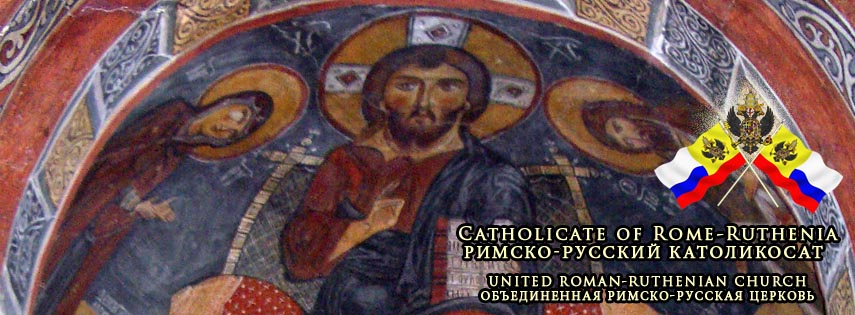Throughout history, noble lineages have risen, fallen, and sometimes vanished into obscurity—fragmented by conquest, exile, or political upheaval. Yet, true legacies endure, not only in ancient chronicles but in the whispered traditions of families, the resilience of cultural identity, and even the very strands of DNA carried forward by their descendants. While it is known that the family overall is of Roman and Old Russian heritage, extensive historical and genetic research, coupled with sophisticated analytical techniques strongly suggest that the Johnson-Roma-Rus’ direct paternal lineage itself is also deeply rooted in Old Rus’ before an eventual westward migration into France, Britain, and beyond. Genetic evidence was confirmed through detailed Y-DNA SNP analysis, incorporating data from the U.S. National Center for Biotechnology Information (NCBI) and comparative global haplogroup studies.
Though often overlooked in standard historical narratives, recent research—including advanced genetic and dynastic analyses—indicates that this lineage was likely part of the warrior elite migrating westward via the well-established Norse-Rus’ networks (Logan, 2005). These pathways, which facilitated both trade and military alliances, provided an avenue for Eastern elites—particularly warriors and mercenaries—to integrate into the feudal aristocracy through military service, political alliances, and marriage.
Read the full article at this page.


